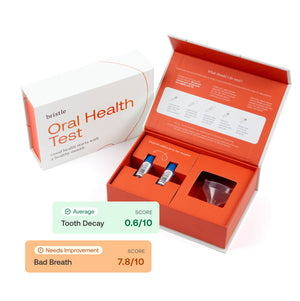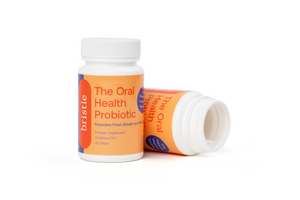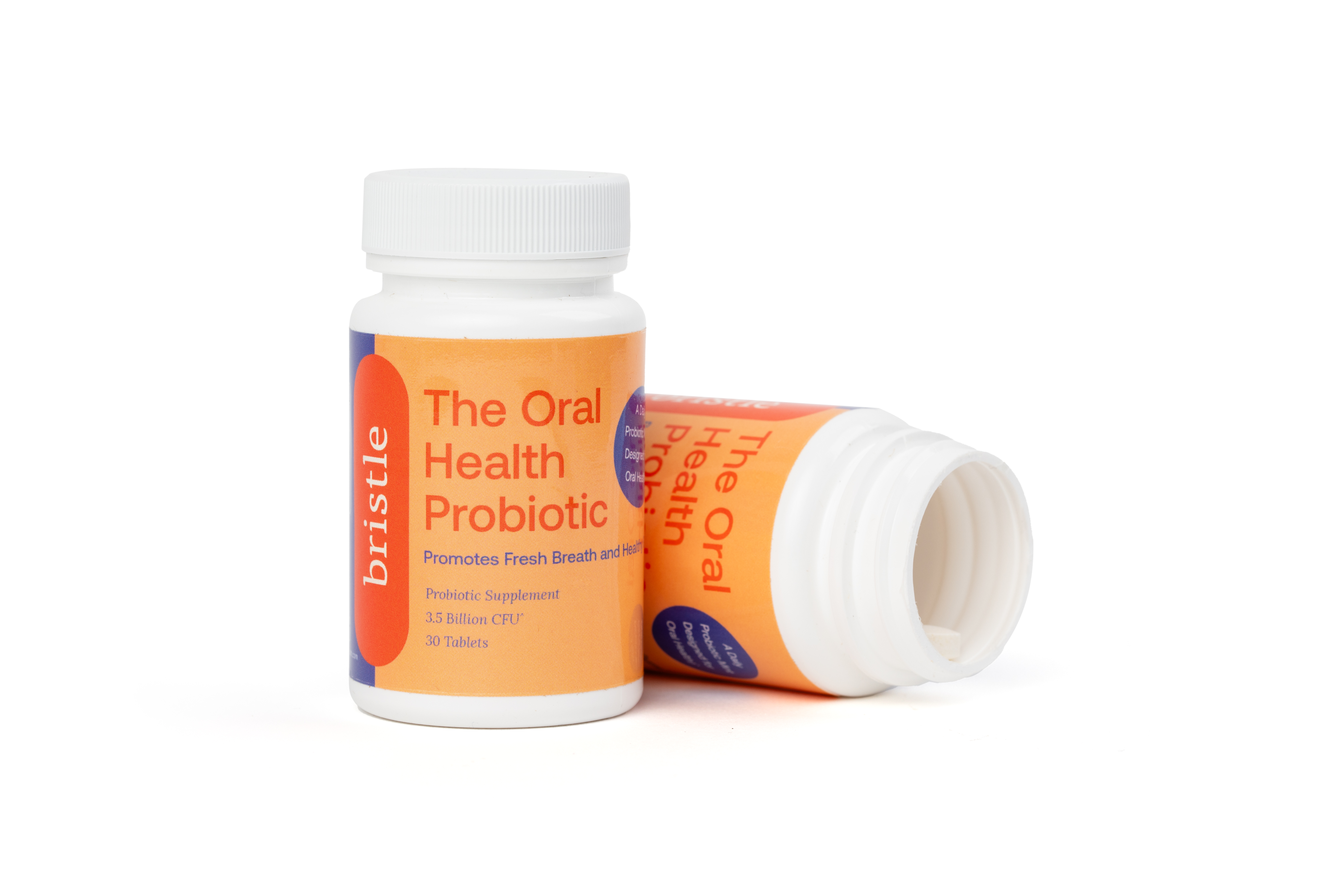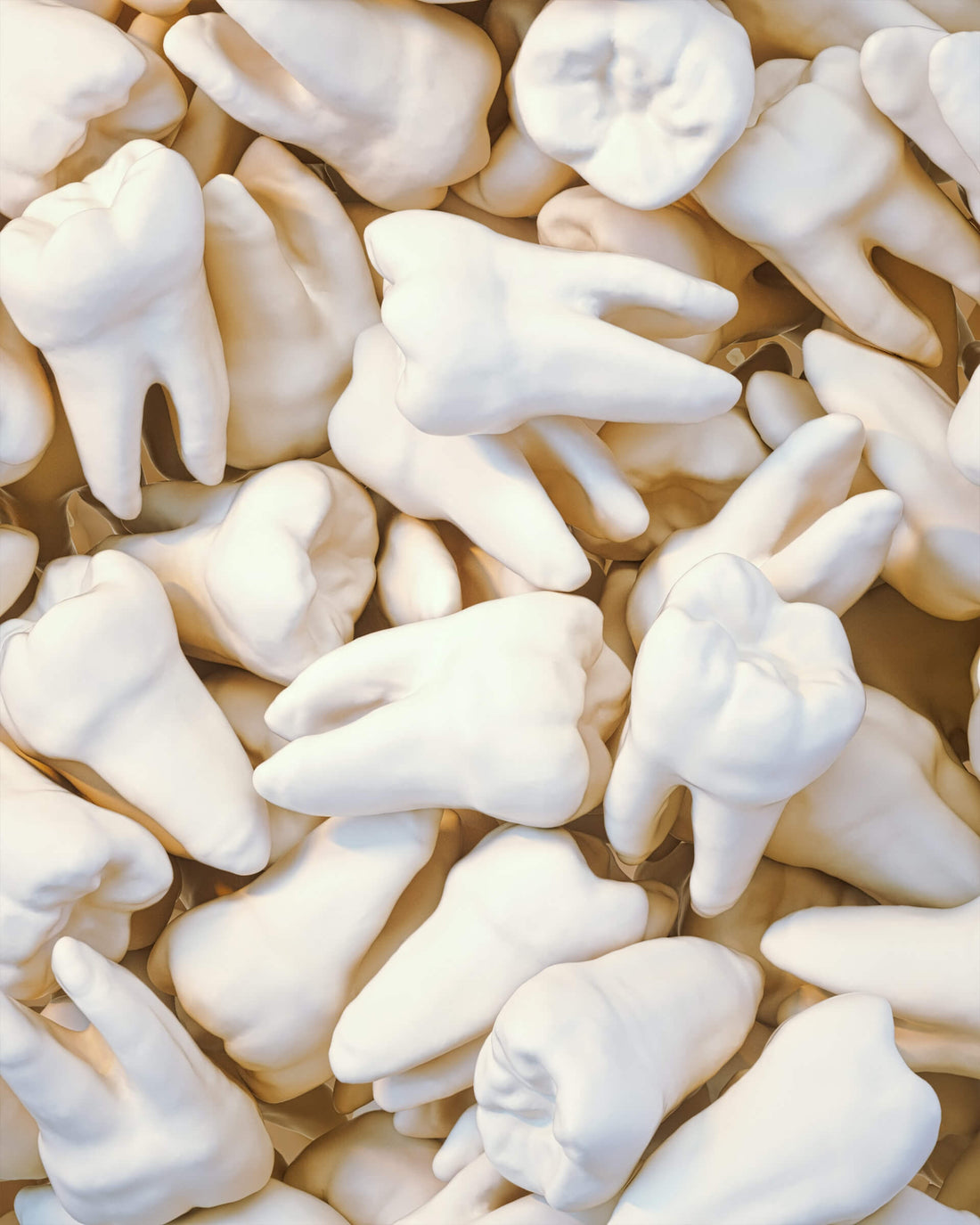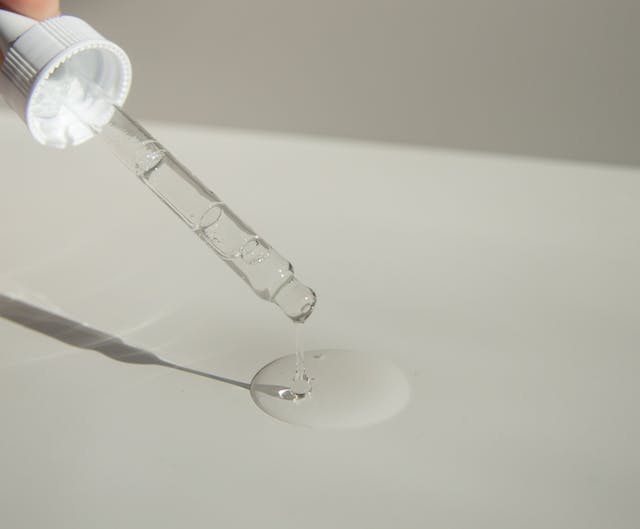In this article we’ll cover the different stages of gum disease, including gingivitis. We also discuss current research into whether gingivitis is reversible, and the best ways to reverse gingivitis.
What is gingivitis?
Gingivitis is the earliest stage of gum disease, and is incredibly common oral health condition, with almost half of all adults in the US having some form of gum disease.
Inflammation of the gums is the first stage of gum disease, which occurs prior to the onset of periodontal disease or severe gum disease. While mild symptoms such as bleeding and irritated gums may be easy to ignore, if left untreated, gingivitis can easily progress to more severe stages.
Severe stages of gum disease are associated with a condition known as oral microbiome dysbiosis. But first, what’s the oral microbiome?
Oral microbiome dysbiosis causes gingivitis
The oral microbiome is the ecosystem of microbes in your mouth that are important for keeping you healthy. This community contains fungi, viruses, but mostly bacteria. The bacteria in your mouth can both help to keep your gums and teeth in good shape, but if they become imbalanced, they can also cause disease.
The oral microbiome is in a constant state of flux, where the beneficial microbes help to keep the harmful ones away. However, if the beneficial bacteria reduce in abundance, the harmful ones can takeover and cause oral disease, such as gingivitis. These harmful bacteria are skilled at creating a home for themselves at your gumline, also known as biofilm.
As biofilm accumulates, it becomes dental plaque, which creates a stable environment for the harmful bacteria to grow. Routine brushing and flossing can help reduce the growth of this dental plaque. However, in the later stages of disease, the gums begin to recede, creating a pocket that is difficult to clean with just brushing and flossing. Specific bacteria like Porphyromonas gingivalis, Treponema denticola, and Aggregatibacter actinomycetemcomitans are oral bacteria that cause gum recession and live deep in these pockets.
What are signs and symptoms of gum disease?
If you have these symptoms in addition to others such as loose teeth or gums that have receded and pulled away from the teeth, you may have already progressed to the later stages of gum disease, and periodontal disease. Periodontal disease can often lead to loss of teeth.
Is gingivitis reversible?
Yes! Gingivitis can be reversed if caught before it progresses to periodontal disease, which is why maintaining good oral hygiene is critical to keeping your gums healthy. Proper brushing and flossing can reduce the overall abundance of harmful bacteria that cause gingivitis and periodontitis. You can also take some additional steps to cure gingivitis:
How can you reverse gingivitis?
Maintaining a good oral hygiene routine is extremely important if you want to reverse and cure gingivitis.

